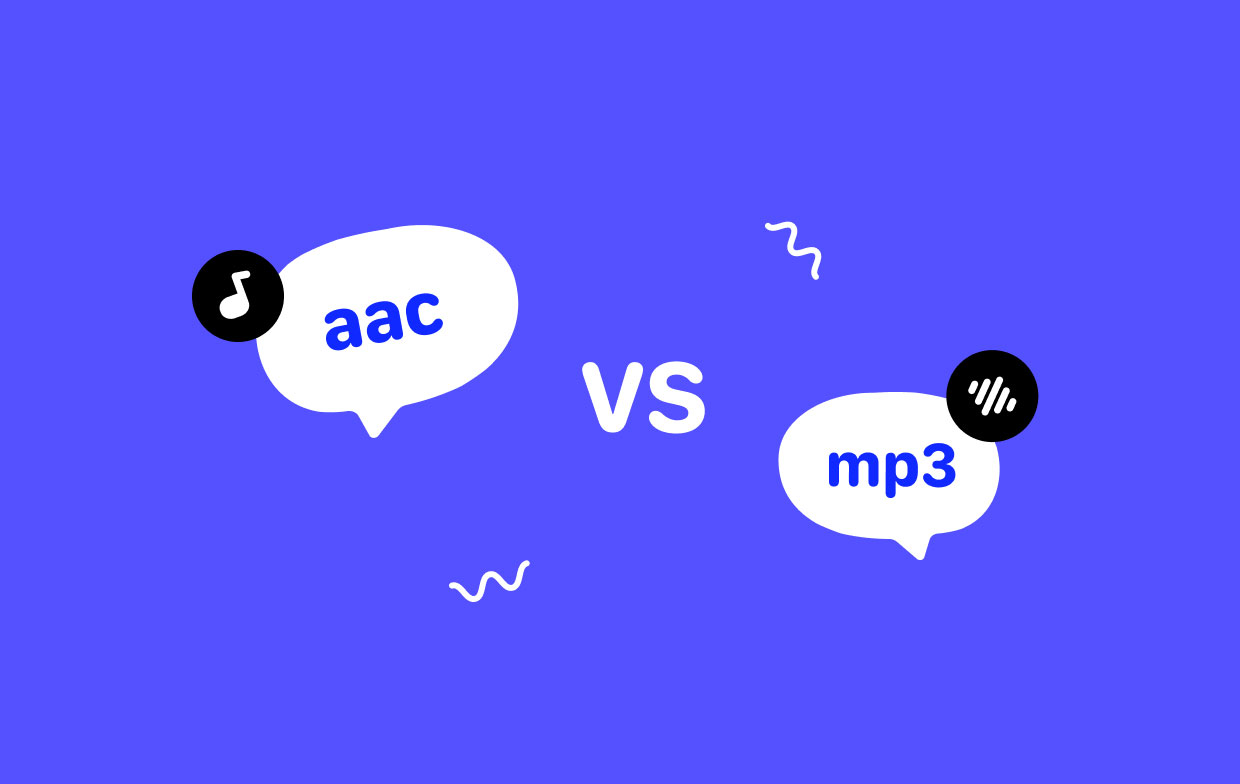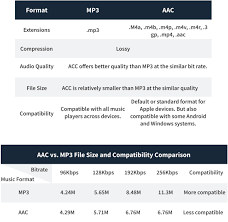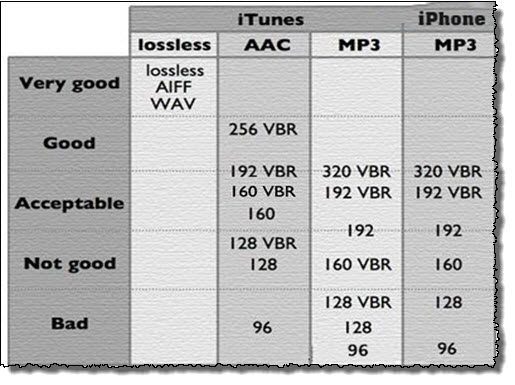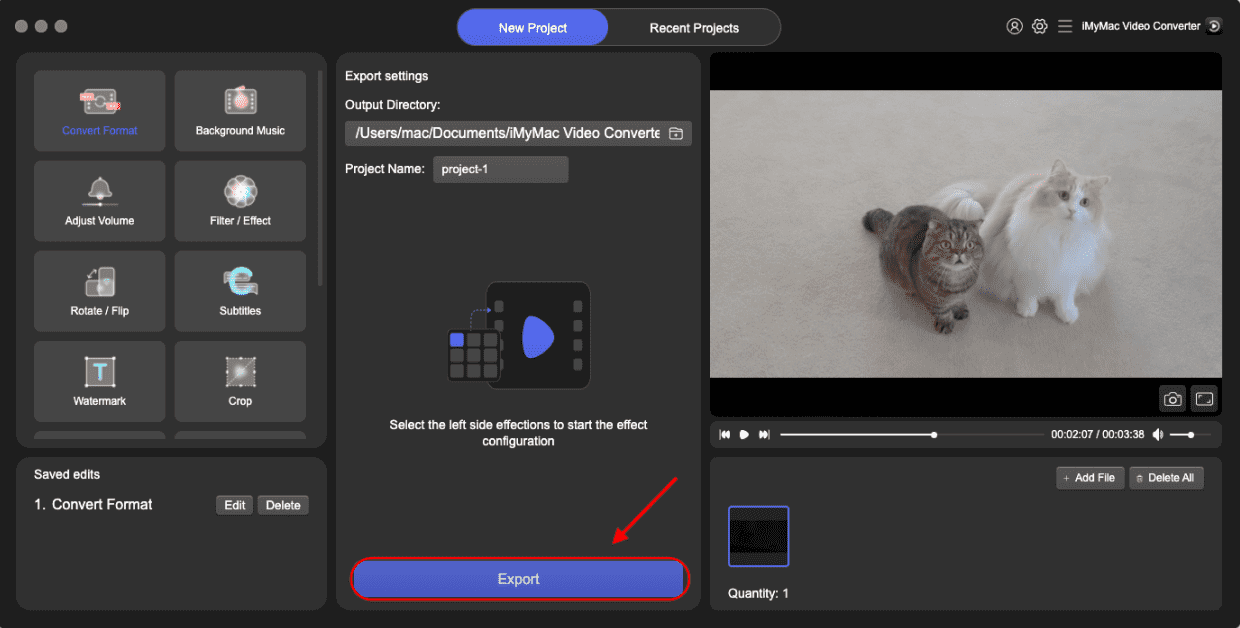Let’s talk about AAC vs MP3 in this article. AAC (Advanced Audio Coding) and MP3 (MPEG-1 Audio Layer III) are both digital audio file formats that are used to compress audio files for storage and playback. While both formats are widely used and supported by a variety of devices, there are some key differences between them that make one more suitable for certain uses than the other.
A few of the main differences between AAC and MP3 include the quality of the audio, the file size, and the level of compression used. In this article, we will take a closer look at both AAC and MP3 and compare their features and capabilities to help you decide which one is the best choice for your needs. Also, we would like to introduce you to a perfect converter if you demand to convert the formats.
Contents: Part 1. AAC Vs MP3: Which Is Better?Part 2. AAC Vs MP3: How to Choose?Part 3. Special Pick: How to Convert AAC File to MP3 Format?Part 4. Conclusion
Part 1. AAC Vs MP3: Which Is Better?
The AAC Format
Advanced Audio Coding (AAC) is a digital audio file format that utilizes a particular form of lossy compression technology to maintain high audio quality levels. It was developed as a successor to the MP3 format and is considered to literally be a more efficient and advanced version of MP3.
AAC is an open standard, meaning it can be used by anyone without the need for a license. It is also supported by a wide range of devices and platforms, including smartphones, tablets, and computers. AAC is also supported by most streaming services like Spotify and YouTube.
One of the main advantages of AAC is that it uses a more advanced form of compression than MP3, which allows for higher-quality audio and smaller file sizes. AAC also supports a wider range of audio frequencies and a larger number of audio channels than MP3. This makes it particularly suitable for high-quality audio applications such as music streaming, television broadcasting, and film soundtracks.
Additionally, AAC supports multi-channel audio, such as surround sound and object-based audio, which makes it more versatile than MP3. It's also worth noting that Apple's iTunes and Apple Music use AAC as their default format, making it a popular choice in the Apple ecosystem.
The MP3 Format
In AAC vs MP3, MP3 (MPEG-1 Audio Layer III) is a digital audio file format that utilizes a specific type of technique for lossy data compression in order to reduce the file size of the actual audio files in addition to maintaining its high level of quality of audio. It was developed in the early 1990s and quickly became one of the most popular audio file formats in the world due to its ability to compress audio files to a comparatively smaller size while maintaining high audio quality.
One of the main advantages of MP3 is its wide compatibility. It is supported by a broad number of devices and platforms, including smartphones, tablets, computers, and portable music players. MP3 files are also supported by most audio editing software and can be played on a wide range of media players.
MP3 uses a form of lossy data compression, which definitely means that a few of the audio information is lost during the compression process. However, the compression algorithms used in MP3 are designed to preserve the most important aspects of the audio, such as the pitch and rhythm, while discarding less important information, such as background noise.
In terms of quality, MP3's compression algorithm is not as advanced as AAC's, which definitely means that AAC files typically have a higher audio quality and smaller file size than MP3 files with the same bitrate. However, MP3 still offers a good balance of quality and file size, and for many people, it is still a good enough format for their needs.
MP3's wide compatibility, and the fact that it was one of the first widely used compressed audio formats, makes it a good choice for people who want to share their music with a wide audience and have it be compatible with a wide range of devices.

AAC Vs MP3: Similarities and Differences
AAC vs MP3 (Advanced Audio Coding vs MPEG-1 Audio Layer III) are both digital audio file formats that share several similarities:
- Both formats use lossy data compression to reduce the file size of audio files while maintaining high audio quality levels.
- Both formats are widely supported by a variety of devices and platforms, including smartphones, tablets, computers, and portable music players.
- Both formats can be played on most media players and are supported by most audio editing software.
- Both formats are suitable for a wide range of audio applications, including music streaming, television broadcasting, and film soundtracks.
- Both formats can be used to create high-quality audio files that are smaller in size than the original, uncompressed files.
- Both formats are considered "lossy" compression formats which also means that a few of the audio information is lost during the compression process.
Both AAC vs MP3 are suitable choices for compressing and storing audio files, and both formats have similar capabilities and features. However, AAC is known to be a more advanced and efficient format than MP3, and it is able to produce higher-quality audio files with smaller file sizes.
There are some key differences between them that make one more suitable for certain uses than the other. Some of the main differences between AAC vs MP3 include:
- Quality of Audio: AAC uses a more advanced form of compression than MP3, which allows for higher-quality audio and smaller file sizes. AAC also supports a wider range of audio frequencies and a larger number of audio channels than MP3.
- Compression Efficiency: AAC is more efficient at compressing audio than MP3. AAC files typically have a higher audio quality and smaller file size than MP3 files with the same bitrate.
- Multi-channel audio support: AAC supports multi-channel audio, such as surround sound and object-based audio, which makes it more versatile than MP3.
- Patent: AAC is an open standard, meaning it is actually not proprietary and can be used by anyone without the need for a license. MP3 is covered by a number of patents and requires a license to use.
- Popularity and Compatibility: MP3's wide compatibility and the fact that it was one of the first widely used compressed audio formats, makes it a good choice for people who want to share their music with a wide audience and have it be compatible with a wide range of devices. However, AAC is also supported by a wide range of devices and platforms, including smartphones, tablets, and computers.

Part 2. AAC Vs MP3: How to Choose?
When choosing between AAC vs MP3, there are a few factors to consider. Here are a few things to keep in mind when making your decision:
- Audio Quality: If audio quality is your top priority, then AAC may be the better choice as it uses a more advanced form of compression and produces higher-quality audio files with smaller file sizes than MP3.
- File Size: If you are working with a limited storage capacity, then AAC may be the better choice as it is more efficient at compressing audio.
- Multi-channel audio support: If you need to work with multi-channel audio, such as surround sound or object-based audio, then AAC is a better choice than MP3.
- Compatibility: MP3 is more compatible with a wider range of devices, software, and platforms, while AAC is also supported by a wide range of devices and platforms. If you want to ensure that your audio files will be compatible with the widest possible range of devices and software, then MP3 may be the better choice.
- Patents: AAC is an open standard, meaning it’s definitely not proprietary and can be used by anyone without the need for a license. MP3 is actually covered by a number of patents and requires a license to use.

Ultimately, the choice between AAC vs MP3 will actually depend on your specific needs and priorities. If you need high-quality audio and are working with a limited storage capacity, then AAC may be the better choice. If compatibility is your top priority, then MP3 may be the better choice.
Part 3. Special Pick: How to Convert AAC File to MP3 Format?
iMyMac Video Converter is a powerful and versatile tool that allows you to convert between various audio and video formats, including AAC vs MP3. It is a user-friendly software that is designed to make the conversion process as simple and straightforward as possible. The software allows you to convert your media files quickly and easily, without the need for any specialized technical knowledge.
With iMyMac Video Converter, you can convert your AAC vs MP3 files to a wide range of other video formats as well as audio formats, such as MP4, M4A, WAV, WMV, AVI, and more. The software also supports batch conversion, which allows you to convert multiple files at once, saving you time and effort. Additionally, iMyMac Video Converter offers advanced features such as the ability to edit audio and video files, trim, crop, merge, and more.
One of the most unique features of iMyMac Video Converter is that it also provides an option to optimize the output video/audio quality according to the specific device you have or the platform you are going to use, so you don't have to worry about compatibility issues.

Part 4. Conclusion
In conclusion, AAC and MP3 are both popular audio formats that are widely used for digital music and also other types of audio content. The main difference between the said two formats is the level of audio compression they use. AAC is a newer and more advanced format that offers higher quality audio and smaller file sizes than MP3 but is less compatible with some devices and software. MP3, comparatively, is an older format that is more widely compatible but offers lower-quality audio and larger file sizes.
When choosing between the AAC and MP3 formats, it's important to consider your specific needs and priorities. If audio quality is your top priority and you're working with a limited storage capacity, then AAC may be the better choice. If compatibility is your top priority, then MP3 may be the better choice. Ultimately, the choice between the MP3 and AAC formats will definitely depend on your specific needs and requirements.
iMyMac Video Converter is a powerful and user-friendly tool that allows you to easily convert between AAC and MP3, as well as other audio and video formats like AAC to MP3. With its advanced features, batch conversion capabilities, and ability to optimize output quality, it is a great choice for anyone looking to convert their media files quickly and easily.



